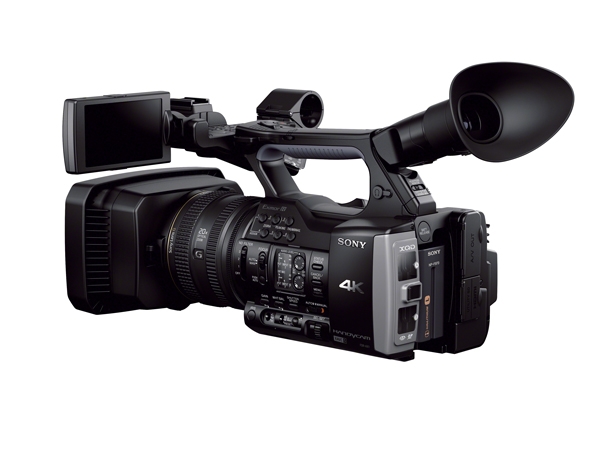

Ultimately, Video8's main rival in the camcorder market turned out to be VHS-C, with neither dominating the market completely. GoldStar also made a similar dual-deck machine. During the 1990s Sony did market a few VHS VCRs that also feature an 8mm deck to allow convenient transfer to VHS.

Although it is possible to transfer tapes (using the VCR to rerecord the source video as it is played back by the camcorder), this inevitably leads to degradation of the analog signal. Video8/Hi8's main drawback is that tapes made with Video8 camcorders cannot be played directly on VHS hardware. (Both machines include longer playing modes at 120 and 240 minutes, respectively, but at the cost of reduced-quality images.) Longer sessions generally require additional infrastructure (line power or more batteries), and hence longer recording times offer little advantage in a true travelling environment. Thus, Video8's 120-minute capacity served well for most users during its peak. Video8 also has an advantage in terms of time, because although VHS-C offers the same "palmcorder" size as Video8, the VHS-C tapes only hold, at most, 45 minutes of tape in SP speed. Such a feat was impossible with Betamax and full-sized VHS camcorders, which operate best on sturdy tripods or strong shoulders. Thanks to their compact size, Video8 camcorders are small enough to hold in the palm of the user's hand. Video8 has one major advantage over the full-size competition. In general, Video8 comfortably outperforms non-HiFi VHS/Beta.

(Betamax and VHS Hi-Fi rarely appeared on camcorders, except on the high-end models.) Video8 later included true stereo, but the limitations of camcorder microphones at the time meant that there was little practical difference between the two AFM systems for camcorder usage. This meant that Video8's standard audio was of a far higher quality than that of its rivals, although linear audio did have the advantage that (unlike either AFM system) it could be re-recorded without disturbing the video. By contrast, all Video8 machines used audio frequency modulation (AFM) to record sound along the same helical tape path as that of the video signal. Coupled with the slow horizontal tape speed, the sound was comparable with that of a low-quality audio cassette. Audio on Standard VHS and Beta is recorded along a narrow linear track at the edge of the tape, where it is vulnerable to damage. In terms of audio, Video8 generally outperforms its older rivals. In terms of video quality, Video8 and Beta-II offer similar performance in their standard-play modes.
#Sony digital video camera manual
Also in 1985, Sony released the first of their compact Handycam range: the CCD-M8, which at one kilogram was half the mass of the CCD-V8, though it had no zoom and supported only manual focus with three focus settings. The same year, Sony released the CCD-V8AF which added autofocus. The first Sony camcorder capable of recording to standard 8mm videotape was the Sony CCD-V8, with 6x zoom but only manual focus, released in 1985 with a price equivalent to $1175, and a mass of 1.97 kg. The first two models were the Kodak Kodavision 22, both over US$1,500. Video8 was launched in 1984, into a market dominated by the VHS-C and Betamax formats. Much smaller than the competition's VHS and Betamax video cameras, Video8 became very popular in the consumer camcorder market.Īn amateur grade Video8 Camcorder from the early 1990s Video8 In 1985, Sony of Japan introduced the Handycam, one of the first Video8 cameras with commercial success. In January 1984, Eastman Kodak announced the new technology.
#Sony digital video camera professional
Their user base consisted mainly of amateur camcorder users, although they also saw important use in the professional television production field. These are the original Video8 ( analog recording) format and its improved successor Hi8 ( analog video and analog audio but with provision for digital audio), as well as a more recent digital recording format known as Digital8.

The 8mm video format refers informally to three related videocassette formats for the NTSC and PAL/ SECAM television systems.


 0 kommentar(er)
0 kommentar(er)
